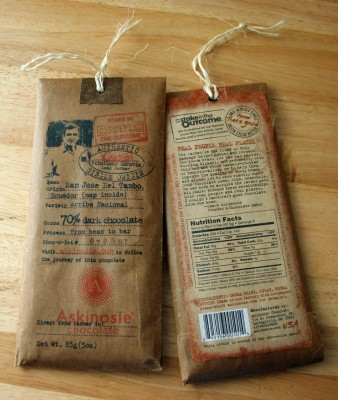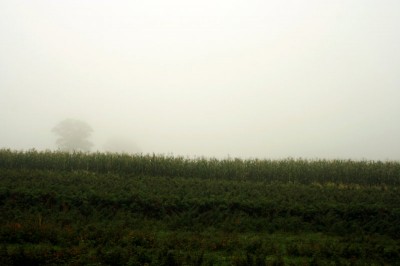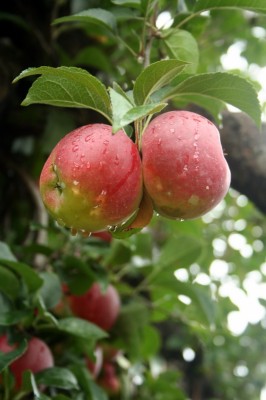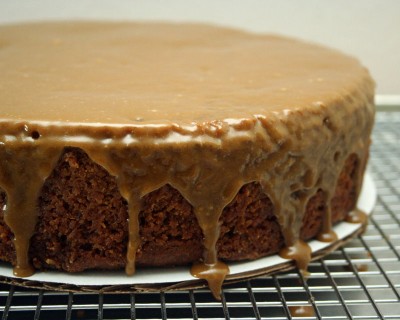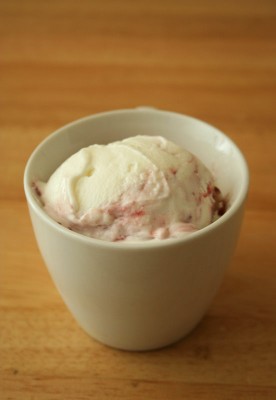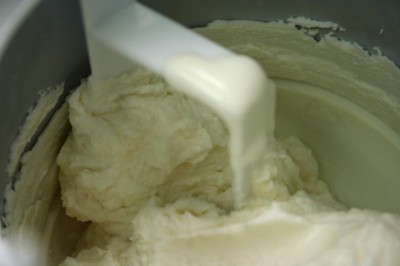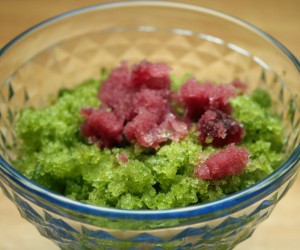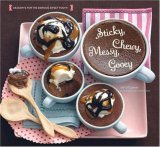Askinosie: The New American Chocolate Maker
Anyone who makes something as delicious as chocolate is bound to be the most popular person on the block. Not so with Shawn Askinosie. During his former life as a criminal defense attorney, he received death threats. When he had an epiphany to make high-quality chocolate (it was either that or cupcakes) in 2005, he alienated both the chocolate and law community. Robert Steinberg, co-founder of Scharffen Berger chocolate, was unimpressed with Shawn’s science background: a lone forestry class from the University of Missouri. His colleagues thought he was crazy, running back and forth from the courtroom to the factory. When Shawn was needed at “work,” he donned the emergency suit he kept in the factory and wiped the brown stains off his face.
Fortunately for chocolate lovers like us, Shawn opened his Springfield factory this January. This is a big deal because there are very few chocolate makers in the world. Most companies who sell chocolate don’t actually make it themselves. It’s nothing to be ashamed of. Chocolate making is a 70-step process.
If you grew up on Hershey’s bars, you might think, “How good can American chocolate be?” When American chocolate is bad, it’s grainy, sour and artificial tasting. But when American chocolate is good, it’s among the best in the world. Some of my favorite brands, like Dagoba, Theo and Amano, are American. Askinosie is a worthy contender.
Pure chocolate is only pure cacao solids, added cocoa butter for smoothness, sugar, an emulsifier like soy lecithin (to keep everything together) and vanilla. A few chocolate makers exclude the soy lecithin or vanilla in the name of purity. I think the chocolate usually suffers as a result (for example, Michel Cluizel is crumbly without the emulsifier and Chocovic is flat without the vanilla), but it’s a commendable effort and a sign that the brand is serious about its chocolate.
Askinosie’s single-origin bars don’t have vanilla or soy lecithin, a double whammy. When I tasted the free sample that Shawn shipped me, I couldn’t tell that anything was missing. The bars were exceptionally smooth, glossy and had strong flavors.
For all you chocolate nerds, Askinosie is also unique because it makes single-origin cocoa butter and nibs. When other companies add cocoa butter to their chocolate, they use whatever’s available. The problem is that the two cocoa butters can result in waxy chocolate.
For all his meticulousness, it comes as no surprise that Shawn buys cacao directly from the farmers for more than market value (most cacao farmers live in poverty). Each bar also comes with a map detailing the region and the farmer. The bars also come with individual Choc-O-Lot numbers, so you can trace their journey.
Askinosie is dedicated to sustainability: the tie on top of the bar comes from cocoa bean sacks, and the inner wrapping is compostable.
The 70% San Jose del Tambo bar from Ecuador has a unique tart red fruit and maple flavor. Ecuador is known for mild, nutty tasting beans, so these flavors were unexpected. The 75% Soncusco bar from Mexico is even better. It’s so unusual that I’m at a loss for words, but I guess it’s like grass, hay and dirt. Although Mexico is the home of spiced hot chocolate and mole, I don’t know of any other artisan bar from there. I guess something got lost in that 70-step process.
In short, Askinosie’s chocolate is impressive but not quite one of my favorites. Part of it is a bias on the flavor. While it’s strong, it’s not what I’m used to. Also, at $40 a pound, it’s expensive. As a point of reference, Valrhona, one of the gold standards, is $15 a pound. Is Askinosie worth that much, when it leaves a slightly scratchy feel in the back of my throat and could have a fuller range of flavors? I’m not sure, but it’s  worth a try.
Askinosie Chocolate
514 E. Commercial, Springfield, MO 65803
phone: 417-862-9900
fax: 862-9904
Chocolate is available at their factory (adult tours are $3!), their website and stores in Alaska, California, Colorado, Oklahoma, Florida, Oregon, New Mexico, Missouri, Philadelphia and Texas.



